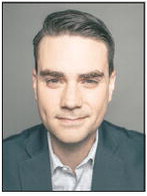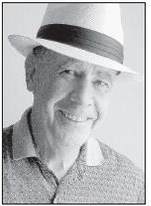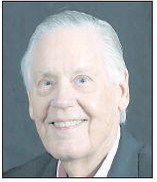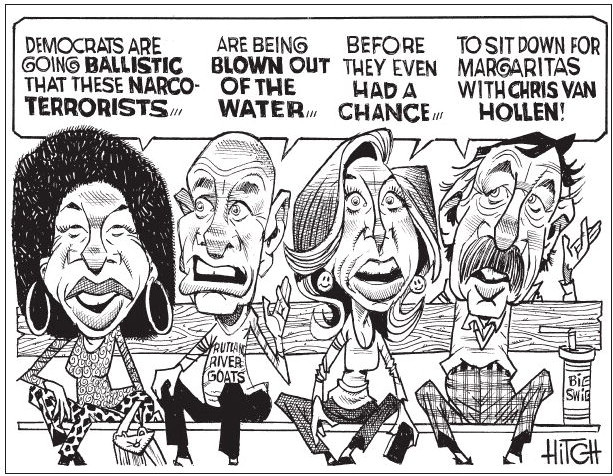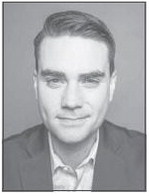On Location
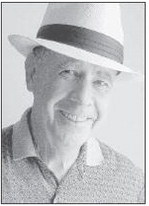

“Oh, the humanity.”
Those words spoken by reporter Walter Morrison described the crash of the German airship “The Hindenburg” in Lakehurst, New Jersey, on May 6, 1937.”
We have that report by Morrison which was broadcast by his home station, WLS in Chicago, but it was not aired live. Morrison’s engineer, Charlie Nehlsen, recorded the report on the only available recording device at the time called a “lathe,” which cut a record on a blank disc.
The disc was flown back to Chicago and broadcast the next day.
That event was the prototype of “on location” reports we see and hear today.
After that it became de rigueur for news networks to report events from the actual location.
It was possible to simulate on location reports. Sports reporters did that from a studio with crowd sound effects, with the reporter getting a coded report via telephone or telegram from a baseball field.
There was a code for a pitch, a hit, who caught or dropped the baseball, who got caught out on a steal. The announcer had a stick and block of wood to simulate a hit and the sound effects engineer supplied recorded crowd noise.
Today networks and some deep pocket local stations spend millions to provide a real-time look and sound of the news as it happens.
It isn’t necessary to own and operate a helicopter for traffic reports, but they do it. Stations send reporters to provide local “color” by standing hip deep in storm water for ‘”actuality” or “backgrounder feed,” “live broadcast,” “live shot.”
So many people are getting their news on-line that the value of “live broadcasts” is diminished.
There was a time when a panel of experts or reporters were presented as a group shot with everyone in a studio. Now the host or some members of the group might be in their basement closet turned into a tiny studio.
Such an arrangement can be made with a computer, a camera and a background graphic.
One of the most popular television talk show hosts moved from New York to Florida, and if you didn’t know he had physically moved, you wouldn’t detect it.
This is catching on. Others have home studios. The experts you see offering “color” with the background of a capital building or well known site are at home in their closet and are being merged into a shot as if they were on location.
Last week I had this on my mind and clocked the number of contributors who might have been somewhere else other than where they were attributed. How about all of them.
A local radio station used to do traffic reports from behind the station which was located near an expressway. Where the voice came from didn’t make it any more valid.
joenphillips@yahoo.com



